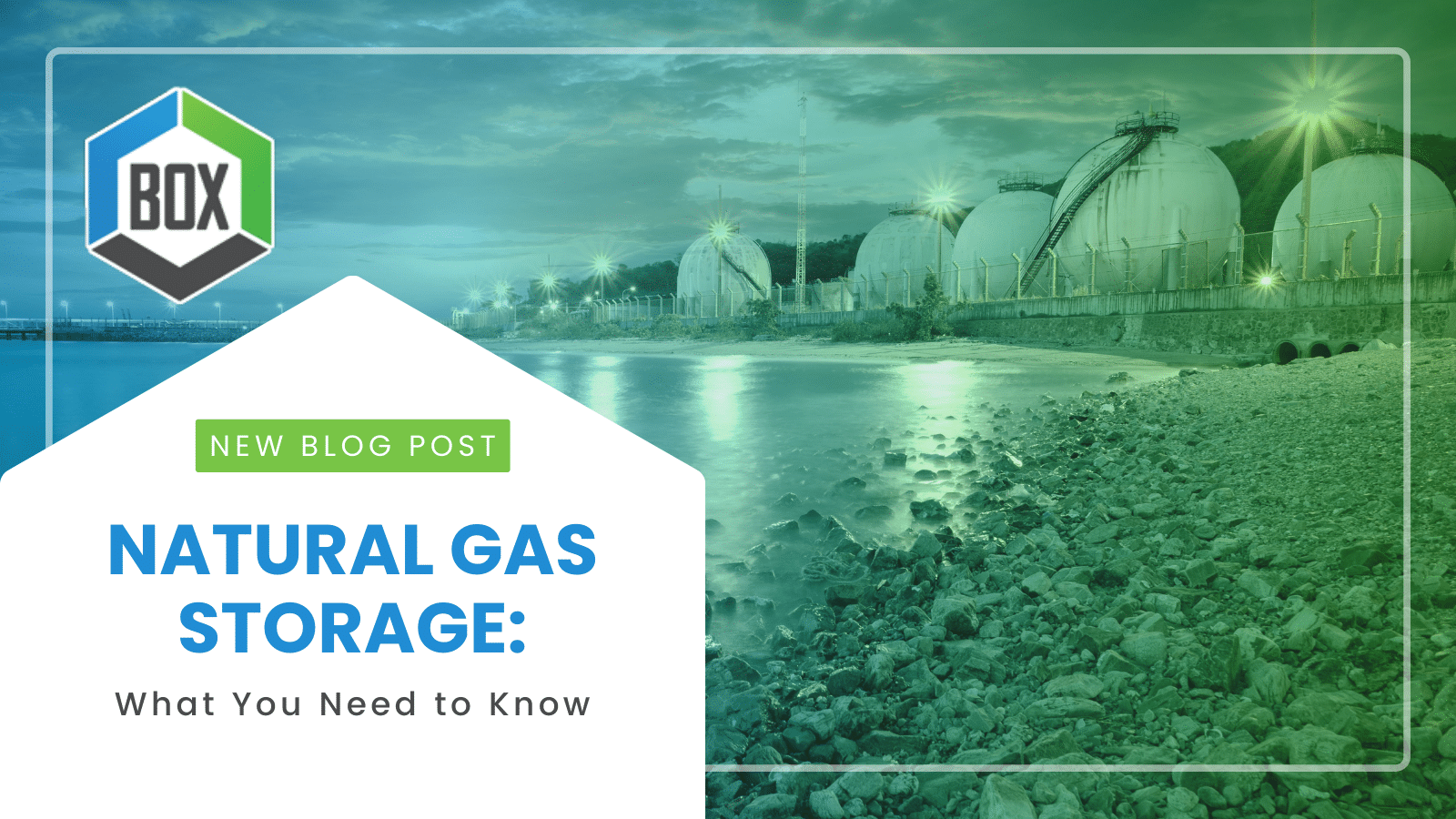Natural Gas Storage: What You Need to Know
Like any other commodity, supply and demand determine the prices of natural gas. When the demand is high, the price goes up and vice versa.
But unlike other commodities, the production of natural gas requires much longer lead times. So it’s important to maintain adequate storage levels to meet consumer demands.
Natural gas storage also acts as a buffer against natural disasters and any other unforeseen events that could raise the demand for natural gas. And natural gas is a commodity that can remain in storage for indefinite periods of time. Keep reading for everything you need to know about natural gas storage.
Types of Natural Gas Storage
The demand for natural gas is seasonal so it’s higher during the summer and winter and lowers during the fall and autumn. For that reason, natural gas storage plays an important role in ensuring that excess demand during peak seasons is met.
Storage facilities are found nationwide but are more heavily concentrated in the northeastern parts of the country. These are the three main types of underground natural gas storage as well as some alternative methods of storage:
1. Depleted Reservoirs
This is the most common type of underground storage facility. Depleted reservoirs have already been tapped of their potential for natural gas. This means there is now an underground formation available that is capable of holding natural gas.
And there is already extraction equipment in place for when the natural gas is needed again. This cuts down on the costs of turning the depleted reservoir into a storage facility.
Of the three types of storage facilities, depleted reservoirs are the more inexpensive to use and maintain.
2. Aquifers
Aquifers are underground rock formations that act as natural water reservoirs. But in the right circumstances, these formations can be repurposed and used to store natural gas.
This type of storage facility is more expensive so it is typically only used when there are no nearby depleted reservoirs. Developing aquifers take a lot of time and money; sometimes they can take up to four years to develop.
This is because the geological properties of aquifers are unknown so a lot of time and money must go into research and testing. And the Environmental Protection Agency (EPA) does set certain regulations on using aquifers for natural gas storage.
3. Salt Caverns
Salt caverns form from existing salt deposits. Once salt caverns form, they act as an excellent storage place for natural gas.
They let very little natural gas escape and the structure is very resilient against degradation. Salt cavern storage facilities are located primarily along the Gulf Coast and in northern states.
Salt caverns are smaller than other storage facilities so they can’t hold the same volume of natural gas. However, natural gas can be withdrawn and replenished more quickly from salt caverns.
4. Other
Liquified Natural Gas
Liquefied natural gas (LNG) plants provide peak supply capacity when market demand exceeds the pipeline’s supply capacity. LNG storage tanks have many advantages over underground storage.
As a liquid, at about -163 ° C (-260 ° F), it occupies about 1/600 of the space of gas stored underground, and LNG storage facilities are generally close to the market and can be transported by truck, so it is very Provides short-term delivery capability. Delivered to some customers and avoids pipeline tolls. No cushion gas is required and you have access to supplies around the world.
However, LNG facilities are more costly to build and maintain than developing new underground storage facilities.
Line Packing/Pipeline Capacity
Gas can be temporarily stored in the pipeline system through a process called line packing. This is done by increasing the pressure and filling the pipeline with more gas.
When demand is high, more gas can be drawn from the pipeline in the market area than is supplied to the production area. This operation is typically performed off-peak to cover the next day’s peak demand. This method provides a temporary short-term alternative to traditional underground storage.
Gasholders
Gas may be stored on the ground in gas holders (or gas meters) primarily for balance rather than long-term storage, which has been done since the Victorian era. Though gas holders are most commonly used in the UK and Germany, they store gas at remote pressures, so they can supply additional gas very quickly during peak hours.
Conclusion
As an energy broker, it’s important that you have access to the best resources in the industry! When you partner with BOX, you gain access to over 90 of the top suppliers across all deregulated markets, world class dedicated support teams, cutting edge software, and instant pricing. Contact us to learn more about how BOX can help you grow your commercial energy broker business.
About Broker Online Exchange
Broker Online Exchange (BOX) is the largest and most flexible retail energy network in North America. We satisfy the needs of commercial customers, energy brokers, and affiliates by providing direct access to North America’s top suppliers, markets, personalized support and payment plans.
For commercial energy customers, BOX offers access to the largest and most experienced broker network in the country. We connect customers to professional, specialized energy brokers will help satisfy your energy needs with the industry’s best prices. With over 63,000 accounts served across every market and industry, we know how to help each customers’ specific industry and market combination like no one else.






